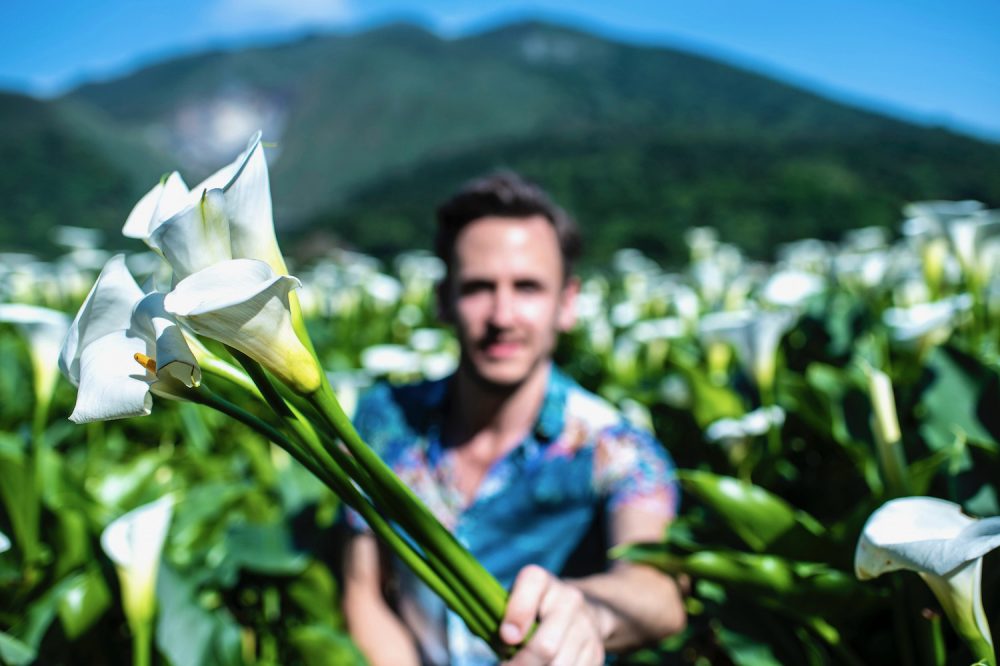Inspirational slogans plaster the walls of my gym here in Taipei, as I imagine is the case for places where many of you workout. Some are bullshit, but one in particular—”a goal is a dream with a deadline”—has always been something of a mantra for me, certainly since I started this blog a decade ago.
I read these words every day, but they seemed especially relevant a couple weeks ago, when a no-name Australian politician gave an especially patronizing soundbite. “It’s a good time for a bit of dreaming,” he quipped, before unceremoniously quashing the travel dreams of all his country’s citizens: There was (and is) no timetable for re-opening the Australian border and, apparently, no tangible benchmarks in place for doing so.
(This in spite of the fact that public health experts have written, for years, about the limited efficacy of travel bans in containing or even mitigating pandemics. But let’s not pick on little Mr. Birmingham too much: His counterparts in almost every country around the world have followed the same lead, however misguided it is.)

Whether you make your living in the travel industry, or simply derive a great deal of your life’s meaning from exploring the globe—I do both—the coronavirus crisis has been an existential gut-punch. And it continues to be so, in spite of good medical news, whether that’s evidence of a much lower case-fatality rate than was originally suspected, confirmation that an experimental antiviral is effective against the virus or the possibility of a vaccine being developed (and deployed) by September of this year.
The fact is, in travel and in life in general, all of us are in a holding pattern; we all need to “wait and see,” to some extent. Simultaneously, many of us—the ones for whom dreams routinely become goals—have multiple possible timelines mapped out, so that we are ready to make a move whenever what we see, after waiting, indicates that we no longer have to tread water. People intent on living (and not just existing) always anticipate any number of outcomes, and lay specific plans to make the most of all of them.
Shouldn’t government officials, at least the ones who serve in apparently competent governments like those in Australia, New Zealand and, yes, Taiwan, hold themselves to the same standard?
It’s not enough to say (or imply, as dignitaries these days are wont to do) that we can begin getting back to normal when it’s safe. We live in a world defined by infinite, unpredictable and ever-evolving risk—”when it’s safe,” for all intents and purposes, means “never.”
No, the world’s governments owe us—citizens, travelers and the tens of millions of people around the globe who depend on the tourism industry to feed their families—a much more specific set of criteria.
If a given country plans to keep its borders sealed (or fortified with cumbersome quarantines) until a vaccine is widely available, or until a certain level of viral containment has been achieved in most/all countries, or until some arbitrary date in 2020 (or 2021 or, god forbid, 2022), its leaders need to say this straight-up. We are adults; we can handle the truth.
What I cannot handle, and what I imagine you can not handle either, is being at the mercy of elected officials (or, worse, un-elected bureaucrats) who insist on keeping citizens in the dark, assuming they aren’t flying blind themselves.
Worse, many in legacy media, who might actually have a platform to try and get answers from the individuals who will set these guidelines and determine when they’ve been met, are oblivious to the fact that borders are closed at all.
A segment I watched just a few days ago used a novel proposal (the island of Sicily plans to use to lure foreign tourists, it seems, by paying them to visit) to illustrate the continued lack of international travel demand. But neither of the talking heads mentioned or even alluded to the fact that the Schengen Area’s borders are closed to non-Europeans, with indefinite effect. Do they even know?
As many countries around the world emerge from various states of lockdown (the effectiveness of which, at least on a mass scale, is as questionable as that of border closures), the resurrection of the travel industry is inextricably—and justifiably—linked to what becomes of the larger economy.
But while tour guides, hoteliers and airlines—and yes, travel bloggers—are all doing the work necessary to make travelers feel secure enough to get back on the road and in the sky, in no small part to make sure we can all keep putting food on our tables, governments continue to be as nebulous as they’ve been, now, for months.
It’s time for the parties who will pave the road to travel’s recovery to let us know when they plan to start laying bricks—or at least, how they’ll decide it’s time to do so. Otherwise, we—and you, as a traveler—will be made to race toward an uncertain future on a dirt path that leads us off a cliff.
All of us, even those of us lucky enough to survive the coronavirus pandemic, have a finite number of days on this planet. All our dreams, necessarily, have deadlines.

Robert Schrader is a travel writer and photographer who’s been roaming the world independently since 2005, writing for publications such as “CNNGo” and “Shanghaiist” along the way. His blog, Leave Your Daily Hell, provides a mix of travel advice, destination guides and personal essays covering the more esoteric aspects of life as a traveler.








